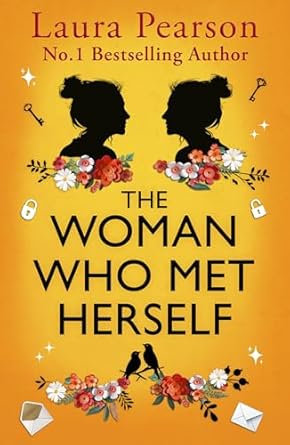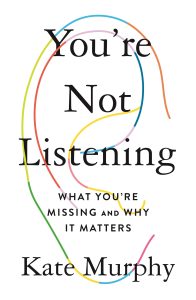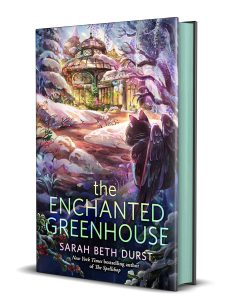
What would you do if you opened your front door and met your mirror image at sixty two? Laura Pearson takes that irresistible premise and turns it into a tender, big-hearted novel about identity, second chances, and the courage it takes to begin again. The Woman Who Met Herself pairs an immediately gripping hook with Pearson’s signature warmth, delivering an uplifting read that still makes room for sorrow, messy families, and hard choices.
The setup
Debbie Jones is a recent widow who refuses to shrink her life. She has taken a neighborhood support job with a local charity and meets people with a curious, open spirit. Ruth Waverley is her opposite in temperament, a homebody who bakes for a living and keeps the trains of family life running on time even as her husband takes her for granted and her grown sons keep their distance. When Debbie knocks on Ruth’s door, both women freeze. The recognition is instant. They are identical in face and age, strangers who clearly share a hidden past. That revelation sends them on intertwined journeys that force each to ask what has been lost, what can still be claimed, and who they might become.
What the novel does beautifully
Pearson’s greatest strength has always been writing ordinary women with extraordinary emotional clarity. Debbie and Ruth feel fully lived in. Debbie’s zest and generosity light up every scene. Ruth’s quiet competence and buried longing cut just as deeply. The contrast between them becomes the engine of the story. Watching them tentatively test connection and then choose it, not because it is easy but because it is honest, gives the novel its heartbeat.
Readers repeatedly praise Pearson’s ability to make you care. The book leans into found family, friendship across difference, and the late-life permission to want more. Scenes of Ruth visiting her mother, who lives with dementia, are particularly true to life. They carry the sting of recognition without dipping into sentimentality, and they give the novel its most grounded and humane moments. Pearson also resists the most obvious doppelgänger trope. There is no caper of identicals trading places. Instead, the twin premise becomes a lens for asking harder questions about choice, chance, and the stories families tell to survive.
Stylistically, Pearson keeps the prose clean and accessible. Short, moving chapters invite you to read “just one more.” The tone is classic uplit: hopeful without being saccharine, poignant without wallowing. If you loved The Last List of Mabel Beaumont, you will recognize the same compassionate gaze and quietly propulsive structure.
Where it wobbles
Not every risk pays off. The narrative occasionally inserts first-person interludes from a concealed voice. These sections add texture, yet they also tip their hand and reveal information before Debbie or Ruth discover it on the page. Some readers will enjoy the added perspective. Others will feel those passages deflate mystery and momentum.
The second half crowds in subplots and heightens drama. Family arguments escalate. Side characters multiply. A few reveals land on the predictable side, and some of the men in Ruth’s orbit read as thin sketches rather than textured people. None of this breaks the spell, but it does soften the crisp focus of the stronger opening.
Themes that linger
This is a story about meeting your double, and it is also a story about meeting yourself. Debbie and Ruth arrive at sixty two carrying griefs both fresh and old. They are asked to redraw their maps. Pearson argues that reinvention belongs to every age. She writes with conviction about women reclaiming time, voice, and pleasure after decades of doing what is expected. The novel asks what we owe our families and what we owe ourselves, and it refuses the false choice between the two.
There is also a clear throughline about care work, visible and invisible. Pearson understands how easily capable women get taken for granted, how often emotional labor is expected and how rarely it is named. Ruth’s incremental acts of bravery feel radical precisely because they are so ordinary. Debbie’s outward-facing kindness comes with equal parts boundaries and joy. Together they model a form of agency that will resonate with many readers.
Verdict
The Woman Who Met Herself is generous fiction. It makes space for tears and laughter, then sends you back to your own life with a nudge to call a friend, to try the new class, to tell the truth you have been avoiding. If you prefer tightly plotted mysteries or sprawling family epics, the smaller domestic scale and occasional melodrama may test your patience. If you are in the mood for a reflective, character-driven story that honors older women as complex protagonists, this one belongs on your nightstand.
Recommended for: fans of Fredrik Backman’s humane tenderness, Jojo Moyes’s everyday resilience, and contemporary novels that celebrate found family and late-life reinvention.
👉 Buy The Woman Who Met Herself on Amazon: https://amzn.to/48eCkSm


